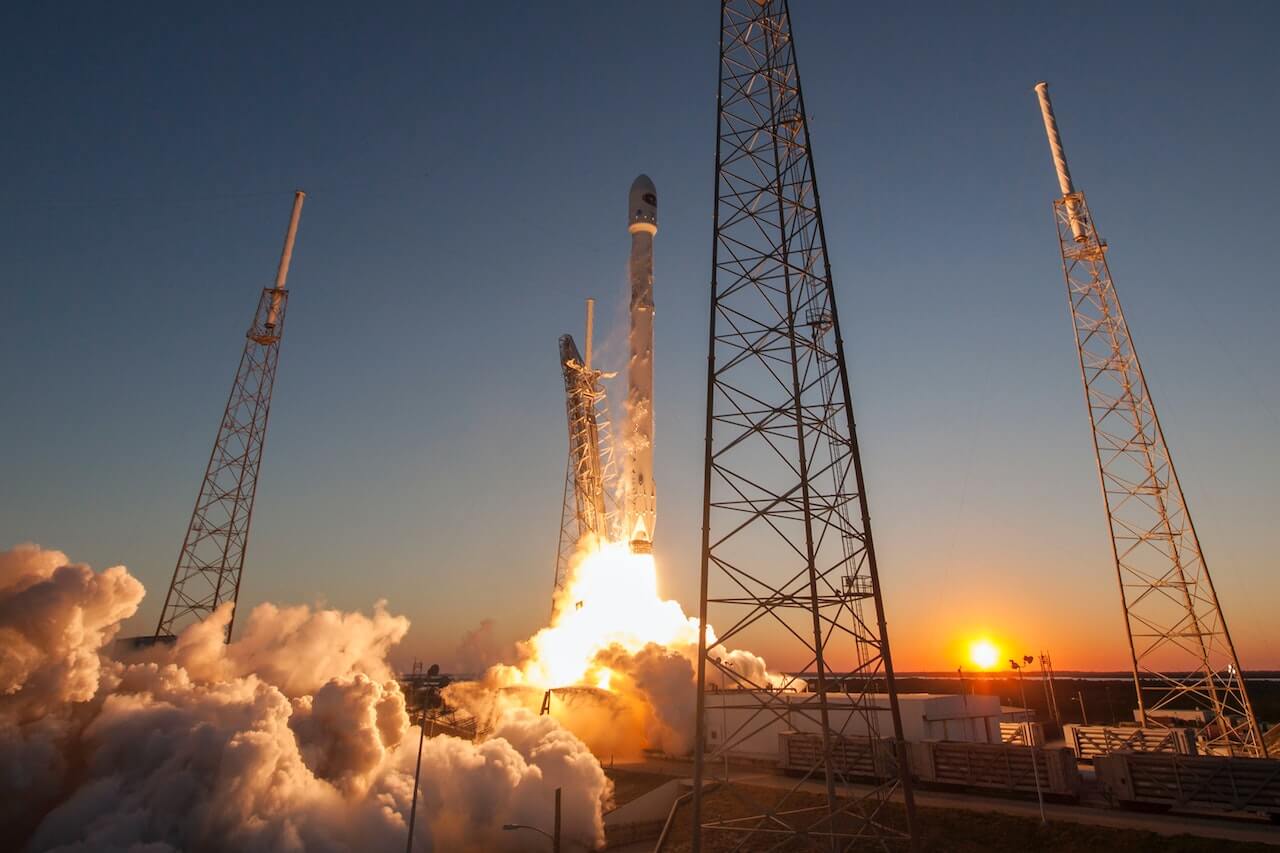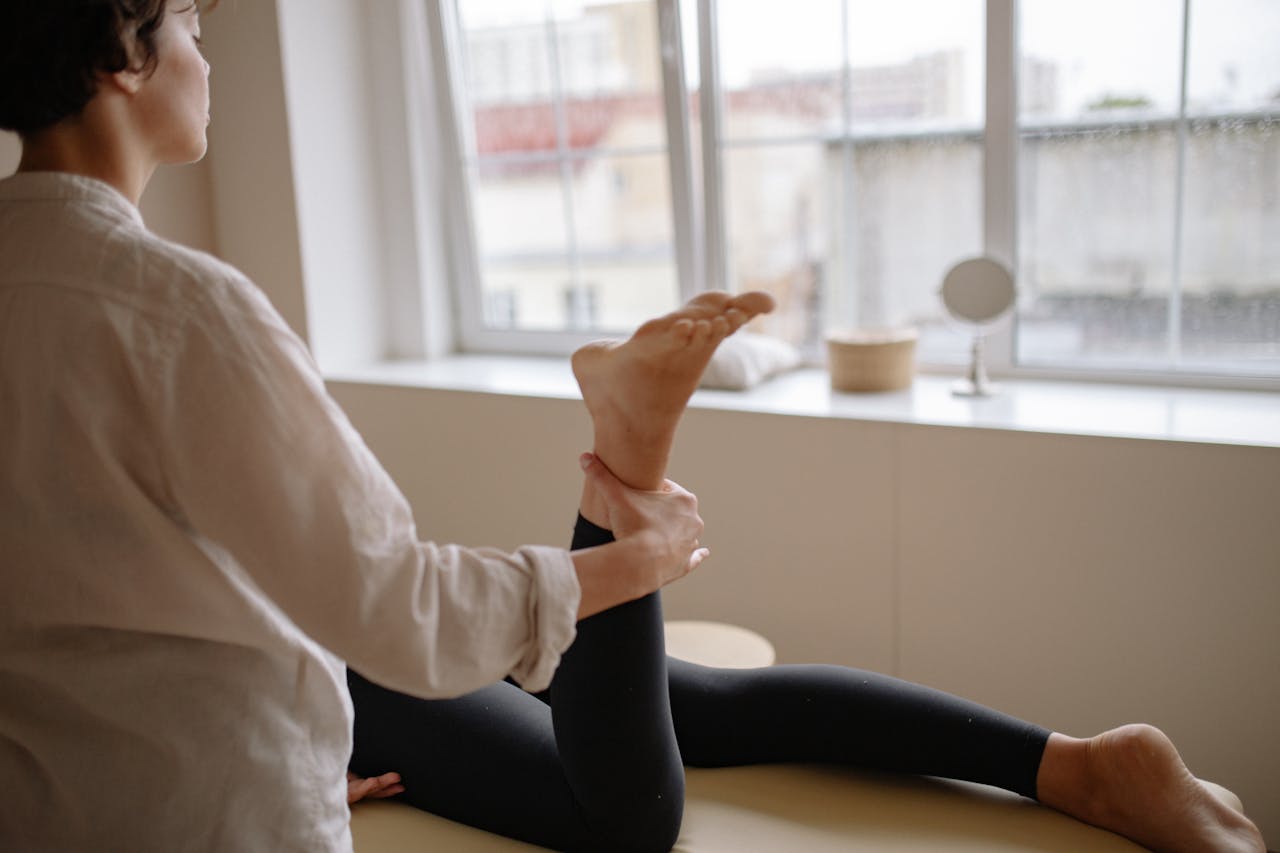Exploring space is an incredible achievement of human ingenuity, but it also comes with many challenges. One of these challenges is maintaining the physical health of astronauts during long-duration space missions. Physical therapy is crucial for astronauts to maintain their strength, flexibility, and overall health in space. Additionally, the use of AI and computer vision technology in physical therapy can significantly improve the effectiveness of rehabilitation programs for astronauts.
The challenge of physical therapy in space

Conducting physical therapy in space presents unique challenges. Traditional exercise equipment that relies on gravity, such as weightlifting machines, is not effective in microgravity environments. Instead, astronauts rely on specially designed equipment that uses resistance bands, treadmills, and other tools to simulate gravity. Additionally, exercising in space requires a different approach than on Earth, as astronauts need to focus on specific muscles and body parts that are most affected by microgravity.
Out of this world solution
Kemtai is planning to launch (no pun intended) a set of computer vision-guided exercises for zero-gravity physical therapy to be used by astronauts throughout their missions in space. As Kemtai runs on any device with a camera, it can be easily used on board spaceships from any computer, tablet or other portable devices with a camera and serve the astronauts for their long duration outside our atmosphere.

Channeling the rise of AI
The use of AI and computer vision technology can greatly enhance the effectiveness of physical therapy in space. AI algorithms can analyze data from cameras to provide real-time feedback to astronauts, helping them correct their posture, technique, and form during exercise. This feedback can be especially helpful in microgravity environments, where astronauts may not have a good sense of their body’s position and movements.
Computer vision technology can also help track an astronaut’s progress over time, which can be challenging in space due to limited resources and equipment. By using cameras to capture an astronaut’s movements during exercise, AI algorithms can track changes in muscle strength and coordination over time, allowing physical therapists to adjust their programs accordingly.
Aiming for the stars
In recent years, there has been a significant push towards making space travel more accessible to ordinary people. Companies like SpaceX, Blue Origin, and Virgin Galactic are leading the way in this effort, offering suborbital and orbital flights to private individuals. SpaceX’s Crew Dragon spacecraft, for example, has already carried several private citizens into space on orbital missions, and the company has plans to launch private citizens on a trip around the moon in the near future. As more and more people will take part in these trips to outer space, the need for strengthening and maintaining their bodies and muscles with physical therapy while they are on those trips will rise.

In conclusion, physical therapy is essential for maintaining the physical health of astronauts during long-duration space missions. The use of AI and computer vision technology can significantly enhance the effectiveness of physical therapy in space by providing real-time feedback and tracking an astronaut’s progress over time. With the help of these tools, astronauts can stay healthy and strong during their space missions, allowing them to focus on their scientific research and exploration goals.
And now, regardless of April Fools Day 😉 We are proud to lead a technology that can be used literally anywhere, anytime and from any device to serve patients and people in general in their journey to rehabilitation, recovery and healthy life.

 3 min reading
3 min reading


